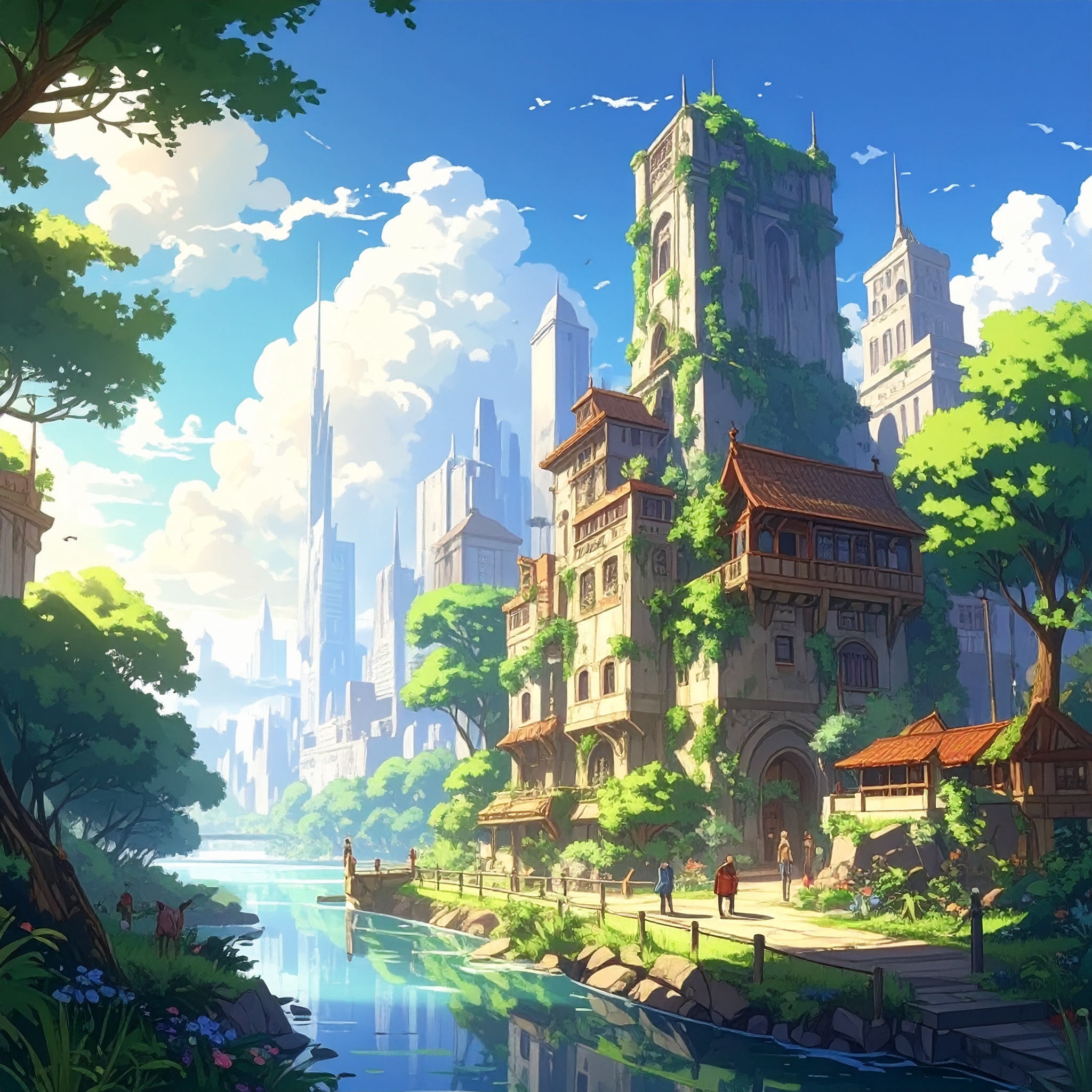In Japanese culture, there exists a unique aesthetic known as ma—the space in between. It is found between sounds and words, between movements, between architecture and nature. Ma is not emptiness, but a form of presence. It represents an appreciation for “what is not there,” offering emotional depth, stillness, and room to breathe. In a world driven by speed and efficiency, ma invites us to find meaning in pause, silence, and absence—a subtle yet profound philosophy.
You can sense ma in the gravel and moss between stones in a Japanese garden, in the silence between gestures in a tea ceremony, or in the minimal adornments on a Noh stage. These are not acts of omission, but deliberate expressions of beauty through restraint. In today’s over-saturated world, not saying something, not filling a space, or not rushing can be acts of fullness. This is the quiet power of ma—a richness that grows from stillness.
Japanese architecture embodies this philosophy deeply. The filtered light through a paper shoji screen, the view of a garden beyond a sliding fusuma door, or the calm scale of a tatami room—these are not mere design features, but invitations to become aware of the space, and even the invisible. Emptiness here is not a void, but a medium through which air flows, silence resonates, and respectful distance is gently maintained.
In contrast, the world’s fast-paced urban centers tend to seek ways to “fill the gaps.” Time must be optimized, space maximized, communication instant. Any pause is seen as a loss, a gap to be efficiently plugged with data, conversation, or activity. Even elevator wait times are compressed. This mindset assumes that stillness equals stagnation—that to stop is to fall behind.

It is precisely this contrast that makes Japan’s sense of ma so striking. Waiting for someone to finish speaking, listening to the sound of the wind, embracing the slow turn of the seasons—within such rhythms, invisible values like lingering presence and atmosphere take precedence over visible outcomes and efficiency.
Perhaps cities and ma are fundamentally at odds. Yet Japan, a nation defined by both tradition and urban precision, somehow embraces both. While trains run to the second, tea rooms remain hushed. While schedules are tight, silence in conversation is preserved as a form of subtle communication. This dual structure—simultaneously optimized and spacious—quietly sustains Japanese society.
The aesthetic of ma is not about adding more, but about having the courage to leave space. In a world overflowing with information and speed, ma asks us to reconsider the richness of unfilled time and unsaid words. Japan’s ma does not reject the modern city—it gently engages with it, offering a slower, deeper gaze in response to the rush.




